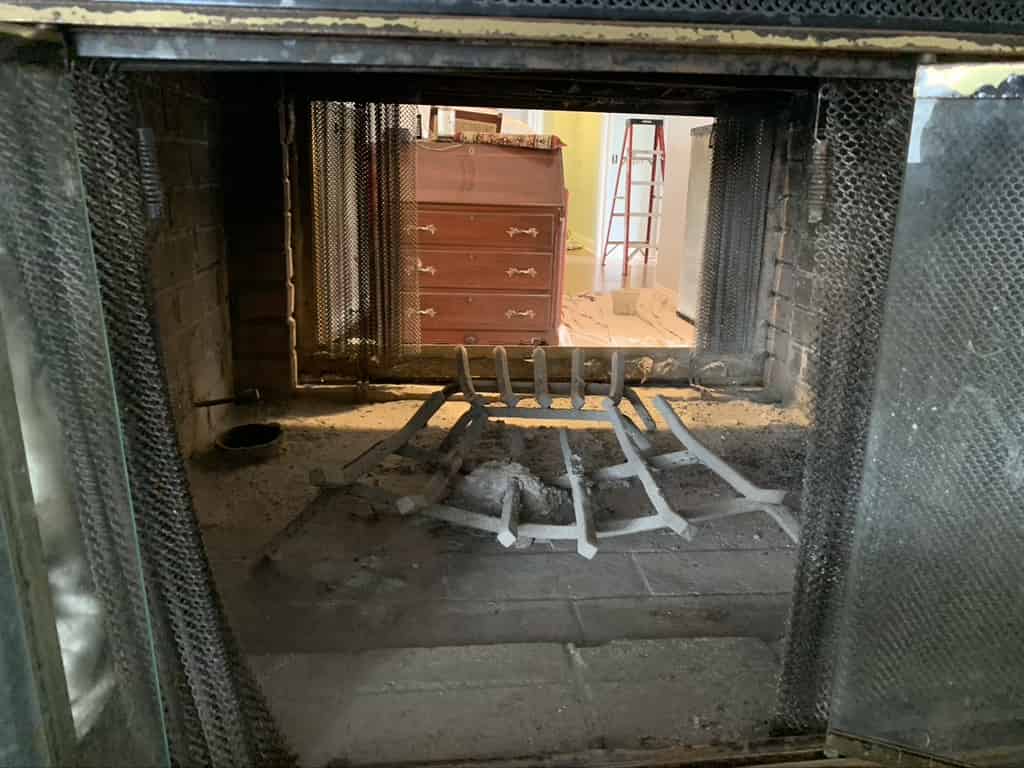Understanding the Impact of High Temperatures
As temperatures soar during a heat wave, it’s important to pay attention to the potential effects of intense heat on various structures and systems in our homes. One often overlooked but critical element is the chimney. While chimneys are designed to withstand high temperatures, prolonged exposure to extreme heat can lead to a range of issues. In this blog post, we’ll explore the impact of heat on chimneys and provide some valuable insights into how to safeguard these essential components of our homes.
The Anatomy of a Chimney
Before we delve into the effects of heat, let’s understand the anatomy of a chimney. A typical masonry chimney consists of several layers, including the inner flue liner, the middle masonry structure, and the outer protective layer. The flue liner, often made of clay or metal, contains and directs the combustion gases out of the home, while the masonry structure provides support and insulation. The outer layer, usually made of brick or stone, offers additional protection and aesthetic appeal.
Effects of Heat on Chimneys
Expansion and Contraction
Extreme heat causes materials to expand, and this expansion can have adverse effects on chimneys. As the masonry structure heats up, the materials expand, potentially leading to cracks or fractures. The expansion and contraction cycles can weaken the chimney’s structural integrity over time.
Damaged Flue Liner
The inner flue liner is particularly vulnerable to the effects of high temperatures. If the liner is made of clay, it can crack due to thermal stress. Metal liners can also suffer damage, such as warping or corrosion, when exposed to prolonged heat. These cracks or warps compromise the efficiency of the chimney, increase the risk of carbon monoxide leaks, and pose a potential fire hazard.
Chimney Fires
Heat waves increase the risk of chimney fires. The accumulation of flammable creosote, a byproduct of burning wood, can ignite at high temperatures, leading to an intense chimney fire. The extreme heat can also cause any existing cracks or weak points in the chimney to ignite, endangering the entire structure and potentially spreading to the rest of the house.
Protecting Your Chimney in a Heat Wave
Regular Inspections
Schedule regular inspections by a certified chimney professional to identify any pre-existing issues or potential weaknesses in your chimney. This becomes even more important before a heat wave, as it allows for timely repairs or maintenance.
Clearance and Ventilation
Ensure that there is sufficient clearance around the chimney. Trim any overhanging branches or vegetation to prevent them from catching fire. Additionally, maintain proper ventilation in the attic and crawl spaces to dissipate heat and prevent it from affecting the chimney excessively.
Proper Use and Maintenance
Use dry and well-seasoned wood for your fireplace or wood-burning stove to minimize the accumulation of creosote. Follow proper maintenance practices, including regular cleaning and removing any debris or obstructions, to prevent blockages and promote proper airflow.
Chimney Caps and Spark Arrestors
Install a chimney cap and spark arrestor to protect your chimney from debris, animals, and sparks that could potentially start a fire. These additions also help shield the chimney from rainwater and prevent moisture-related issues.

In a heat wave, the well-being of your chimney should not be overlooked
The effects of extreme heat on chimneys can range from structural damage to increased fire risks. Regular maintenance, inspections, and adherence to safety guidelines are essential for protecting your chimney during high temperatures. By understanding the impact of heat on chimneys and taking appropriate measures, you can ensure their longevity, efficiency, and most importantly, the safety of your home.
